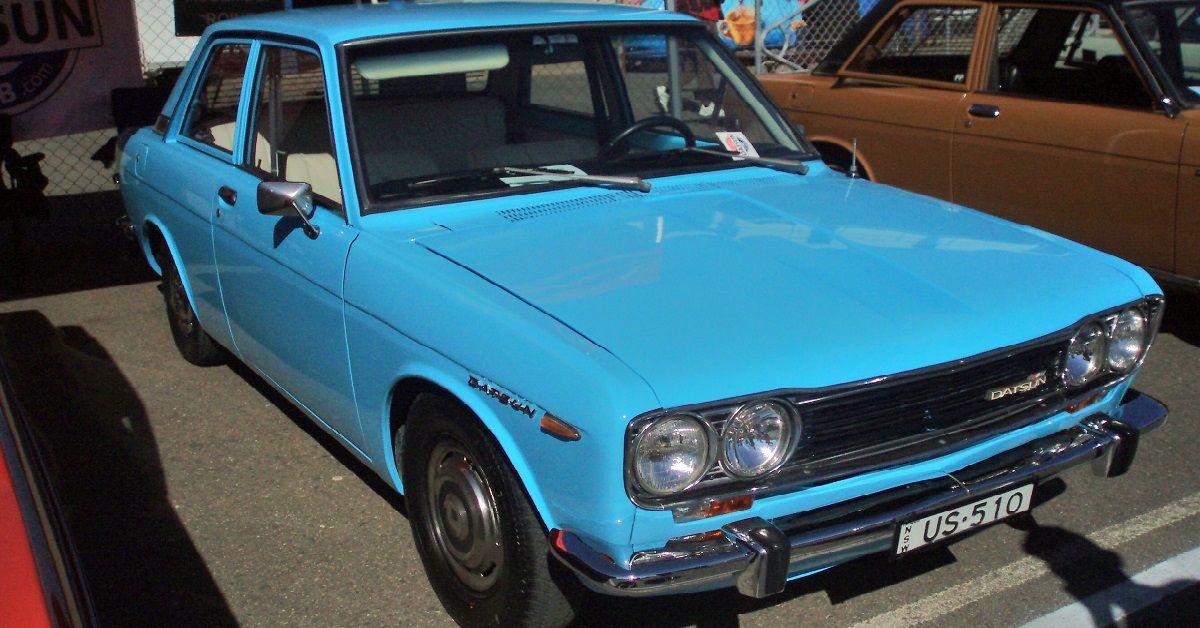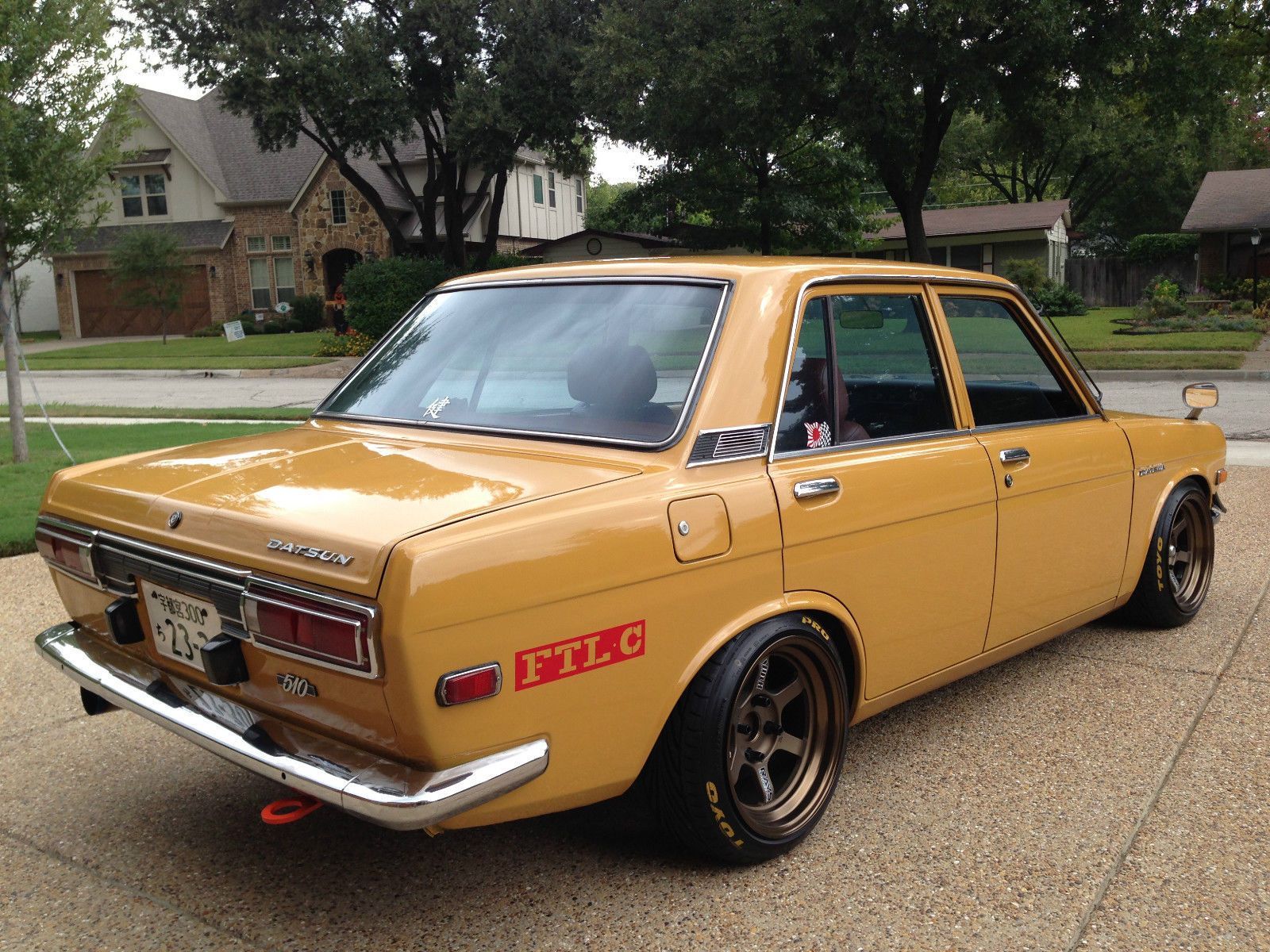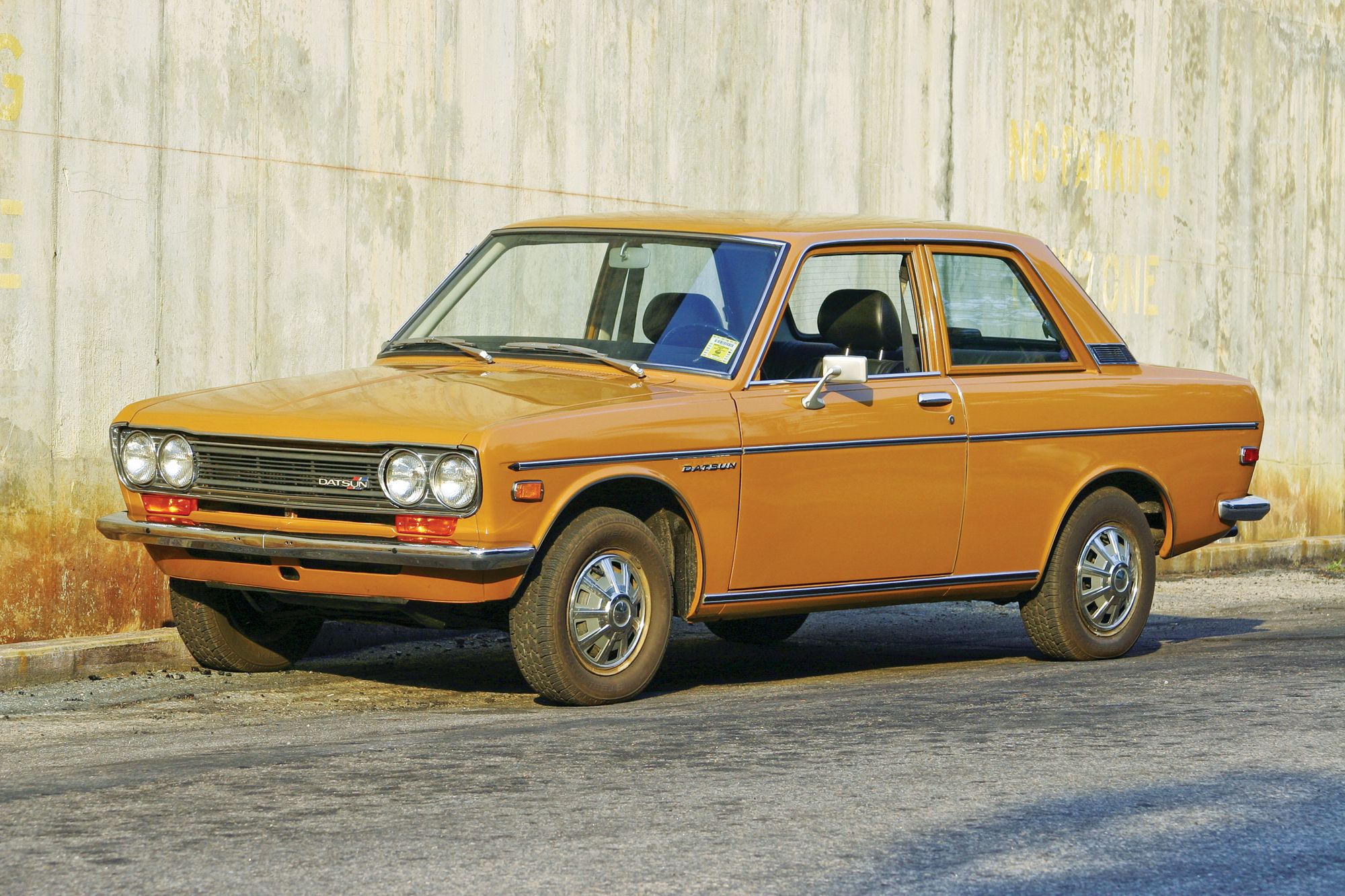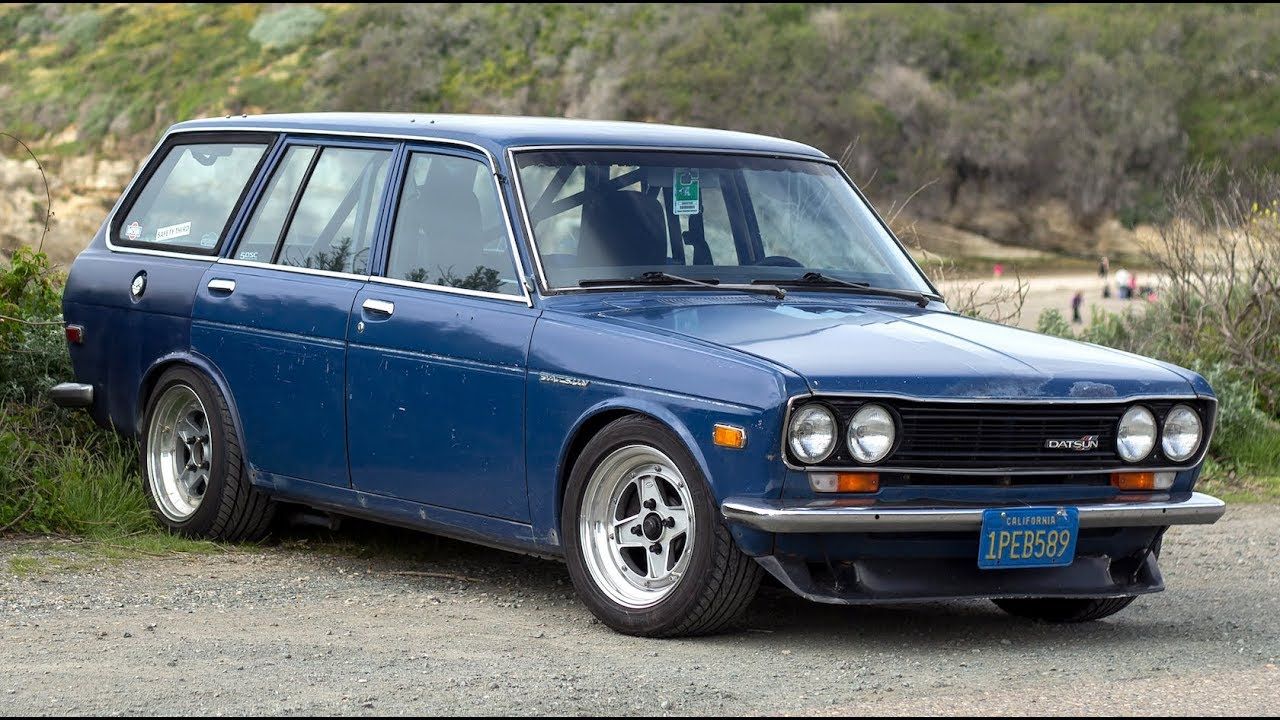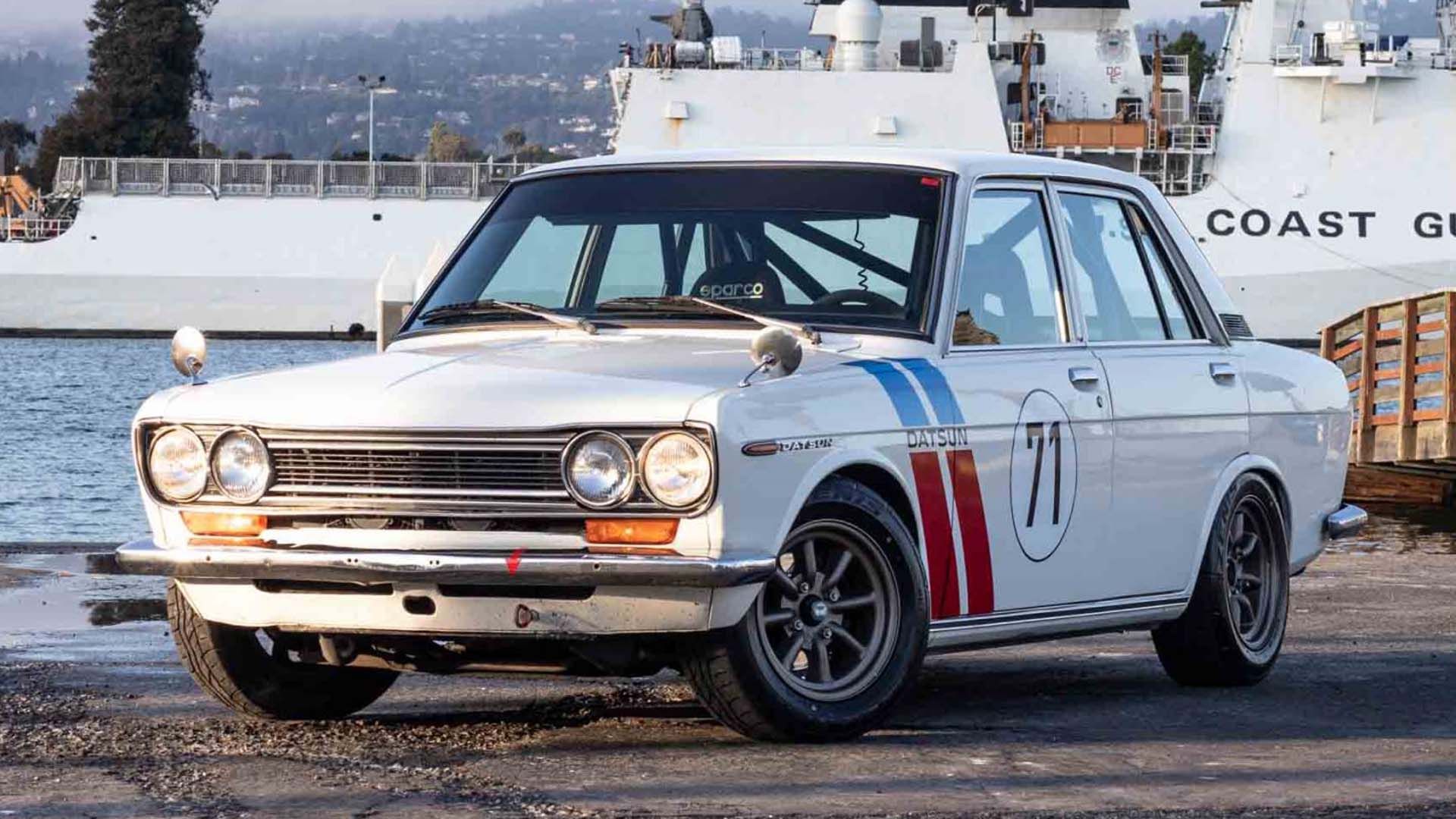The Datsun 510 was a project Nissan commissioned to have a popular Japanese car in the United States. Designed by up and coming designer Teruo Uchino and promoted by Nissan president Yutaka Katayama, the Datsun 510 began production in 1967, hit the sales floor in 1968, and ended production in 1971 to be succeeded by the next round of Datsuns. There were several goals and objectives decreed in the conception, design, and execution of the Datsun 510, all of which it either met or surpassed.
The Datsun 510 was popular in the United States, and it also performed well globally. The sales and success of the Datsun 510 gave Nissan fame, fortune, and recognition, allowing them to expand their company outside Japan and have higher international sales.
Read on to find out why the Datsun 510 worked so well as a vehicle and even as a concept, and why those same features and aspects are a solid rationale for its return.
A Renowned Nissan Designer Imagined The Body
The body for the Datsun 510 was carefully designed by a designer who would go on to create several chassis designs for future Nissan models. Teruo Uchino, a Nissan employee since 1963, crafted the Datsun 520 body as one of his first projects after training under Toyota s600 designer Shiozo Sato. The idea was to create a replacement for the 410 Bluebird that looked far less Italian, and Uchino was given this task.
Despite criticism between his final design of the 510 looking too similar to the BMW 1600, Uchino was largely successful. Although the 510 was intended to be entirely different than the 410, Uchino decided to adapt the 410's side crease for the 510's chassis.
Other ideas for the 410 were balanced around this line with an aim of being flowing yet conservative. The 510 also was intended to be less noticeable and to not stand out. Nissan aimed to make a Japanese car that would be widely accepted in the United States, and Uchino and his design team received frequent calls from the Nissan president to make sure the project was proceeding on track.
It Was An Immediate Success With The Public
The public swarmed to the sales floor once the Datsun 510 was unleashed, as it had a lot of attractiveness and appeal. It received a massively positive reception, and sales reflected that. It even became the most significant Datsun to the general population in the history of the Datsun brand, becoming the vehicle most associated with the name “Datsun.”
The Datsun 510 began production in late 1967 before arriving on export market sales floors the following year. One of Nissan's objectives with the Datsun 510 was to create an affordable counterpart to BMW's 1960s 'Neue Klasse' cars. Other goals and objectives of the Datsun 510 were to appeal to sporting drivers, to become a small to a mid-sized family car, user-friendly to drive, and not to weigh so heavily.
Sportiness Perpetuated Appeal
As the car was designed to both be sporty and attract sporty drivers, its appeal was only enhanced by that same sportiness. The car's mechanical aspects included MacPherson strut front suspension and independent rear end, both of which helped it with handling.
It also had a shortened version of the six-cylinder L20 from the 1966 Nissan Cedric 130 as its engine. As a six-cylinder overhead cam engine minus two cylinders, the new engine was christened the L16. It put out 96 HP. However, not all markets received this engine. Other markets instead received the 105HP L18 engine.
Both amateur and professional racers flocked to the sales floor once word spread of the Datsun 510's performance and handling. The vehicle was incorporated into the racing circuit, winning many awards, races, and championships. It was offered in many styles and variants, though its initial creation was as either a two-door or four-door sedan.
During its four-year production, it made $500,000 globally. Production ended in August 1971, at which point the Datsun Bluebird 610 series officially took its place. Many Datsun 510s still exist in collectors' garages, and many have been customized to have more powerful engines. Some have even been restored to their former glory.
It Was Famous Enough To Warrant Hot Wheels
As a testament to the Datsun 510's popularity, several of its designs and variants were made into Hot Wheels from February 2017 to March 2018. Six exclusive premium Datsun Bluebird 510 models were made at that time.
They released the Kmart Collector Day Mail-in Exclusive, the Convention Exclusive, the RLC Real Riders Exclusive, the Datsun 510 Car Culture Japan Historics 2, the Datsun 510 RLC Membership Exclusive, and the RLC Car Culture Box Set Exclusive. Six different Datsun 510s were made into Hot Wheels figures. These models were apparently in high demand, as the stores selling them quickly depleted their stock.
Sources: lamleygroup.com, the510group.com, earlydatsun.com,

